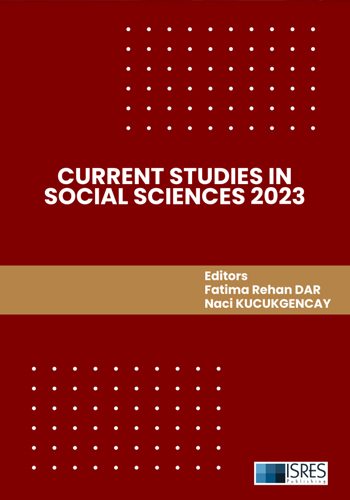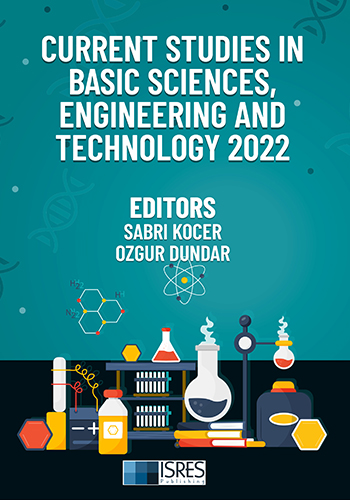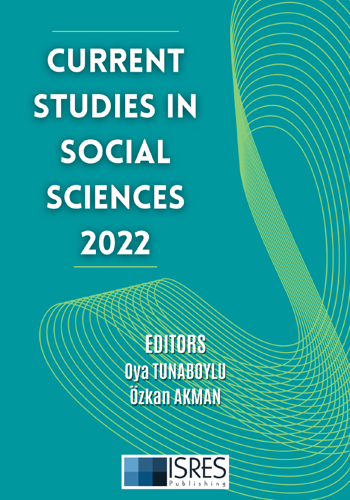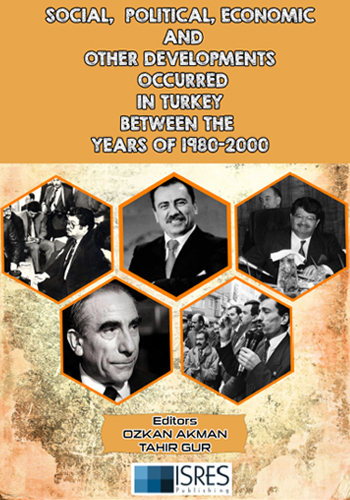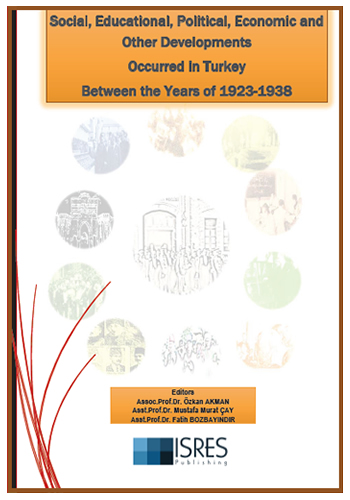The sheet metal forming processes are investigated. While in the past years, sheet metal die manufacturing was done by trial-and-error method, today, with the development of technology, the process can be modeled and simulated in the computer environment using the finite element method (FEM), even before the forming process is carried out. Problems in sheet metal forming processes such as tearing, necking, wrinkling and springback may occur during sheet metal forming processes. The occurrence of any of these or a combination of these makes the sheet metal useless, and these defects are the factors that define the deformation limit. During the stretching process, the sheet thins first uniformly and then regionally, and a regional thinning band known as necking occurs in the sheet. Sheet metals can only be formed up to certain limits without damage. Models have been developed to predict material behavior in forming operations. The forming limit curves are the most important technique for determining the sheet metal forming behavior. In this section, how fld graphics are obtained is explained in detail.
Sheet Metal Formability and Formability Tests
Current Studies in Innovative Engineering Technologies
Editors: Hüseyin ARIKAN, Yusuf UZUN, Mehmet KAYRICI

509
Sheet Metal Formability and Formability Tests
Chapter Authors: Murat DİLMEÇ, Ahmet CAN
Pages: 179-191
Other Chapters
Effects of Heat Treatments on Dimensional Tolerance
Celalettin AKYÜZ, Mevlüt TÜRKOZ
More Info Pages: 1-17
Interaction between Mechanical Surface Treatment and Tribological Performance in Sliding Bearings
Şeyma KORKMAZ, M. Hüseyin ÇETİN, Hamza ŞİMŞİR, Okan ÜNAL
More Info Pages: 18-47
Investigation of Friction Stir Additive Manufacturing (FSAM) Parameters of Aluminum Alloy
Serdar NUHOĞLU, Ahmet SAMANCI
More Info Pages: 48-62
Reverse Engineering and Additive Manufacturing Applications in Casting Technologiess
İbrahim ASLAN, Ahmet CAN
More Info Pages: 63-84
R&D Studies in the Water Slides Industry
Yusuf UZUN, Hüseyin ARIKAN, Nazmi TURKHAN, Dila YAZ
More Info Pages: 85-96
A Review of Studies on Water Ram Pump
Derviş ALTUN, Ahmet SAMANCI
More Info Pages: 97-105
Personalized Education Systems with Artificial Intelligence
Yusuf UZUN, Ahmet Eşref ARIKAN
More Info Pages: 106-119
Investigation of the Effects of Aluminium Trihydroxide Additive on Mechanical Strength of PP Honeycomb Composite Panels with Polyurethane Matrix
Mehmet KAYRICI, Hasan Hüseyin TAŞER,Ahmet Faruk DOĞAN
More Info Pages: 120-131
Pattern Recognition: Unveiling Hidden Patterns from Data
Yunus Emre GÖKTEPE, Yusuf UZUN
More Info Pages: 132-144
An Example in Innovative Engineering Education: Seydişehir Ahmet Cengiz Faculty of Engineering (SACMF)
Hüseyin ARIKAN
More Info Pages: 145-160
Investigation of Innovative Design and Engineering Approaches in Industrial Design and Product Development in the Context of Usability, Form Creation and Manufacturability through Case Studies
Mahmut Celaleddin KALELİ
More Info Pages: 161-178
Sheet Metal Formability and Formability Tests
Murat DİLMEÇ, Ahmet CAN
More Info Pages: 179-191
Smart Trash Cans for a More Livable World
Nilgün GÜRLER
More Info Pages: 192-199
Investigation of The Effect of Cross-Section Geometry on Bending And Compression Behaviour of Glass Fiber Profile Composites
Mehmet KAYRICI, Hasan Hüseyin TAŞER, Mustafa Fatih MUSLU
More Info Pages: 200-218
Budapest/Hungary Conferences - August 28-31, 2025
We are pleased to invite you to ISRES conferences, which will be held at Obuda University/Budapest/Hungary on August, 28-31, 2025. The following conferences will be held in Budapest/Hungary:...
15.01.2025
Trabzon/Türkiye Conferences - May 01-04, 2025
ISRES Spring Conferences - Trabzon/Turkiye SOCIAL SCIENCES – May 1-4, 2025, Trabzon, Türkiye * 5th International Conference on Social Science Studies - IConSoS2025 ...
11.12.2024
Peja/Kosovo Conferences - July 10-13, 2025
We are pleased to invite you to our conferences, which will be held at University of Peja Haxhi Zeka on July, 10-13, 2025. The following conferences will be held in Peja/Kosovo: - 7th Internat...
28.11.2024













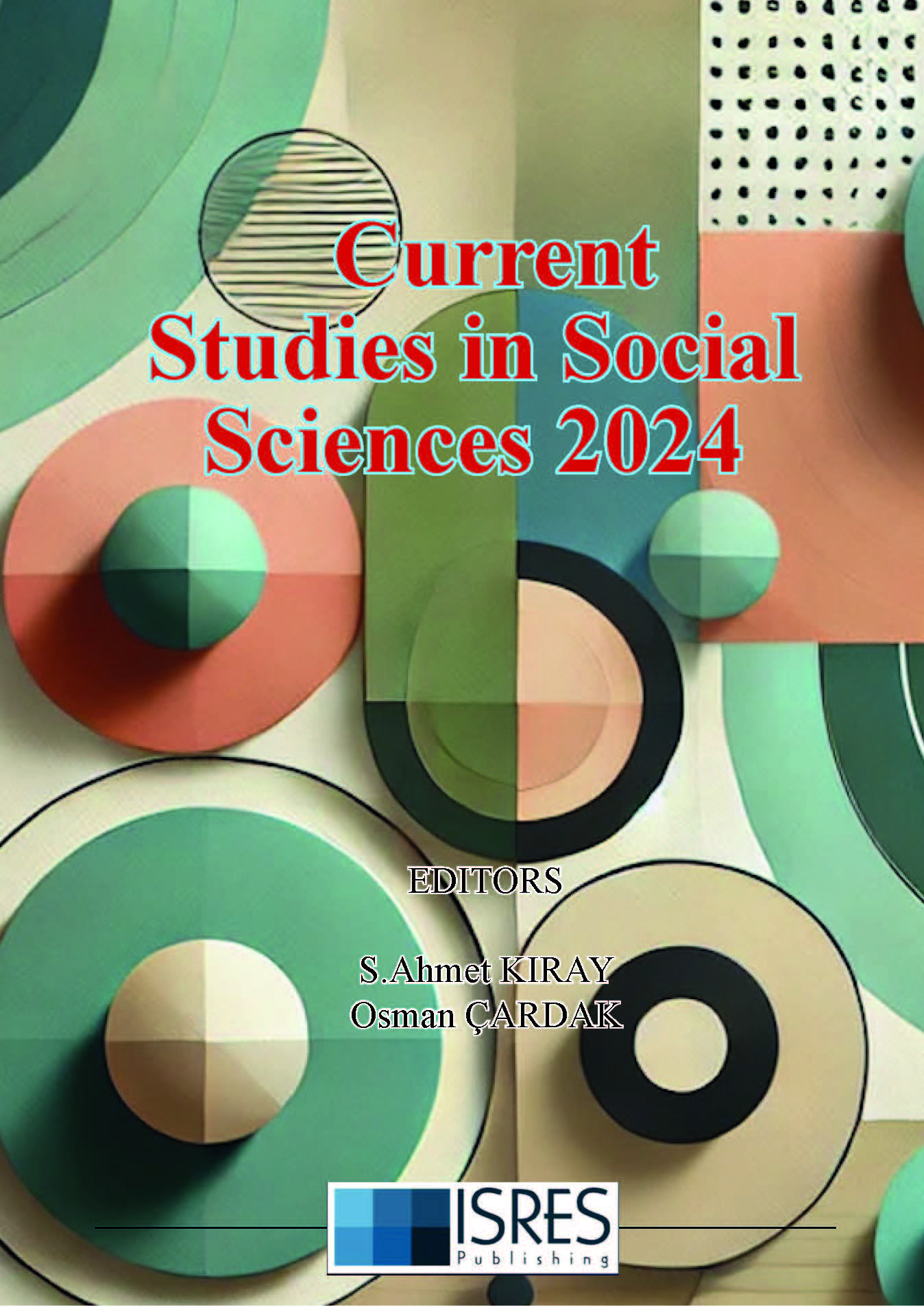


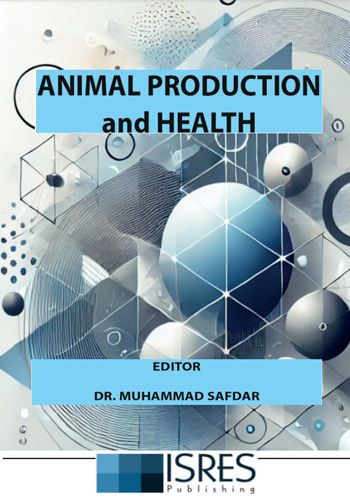

 (1)_16-12-2024.jpg)


_29-12-2024.jpg)
 (1)_01-01-2025_10-03-2025.jpg)
_01-01-2025.jpg)






